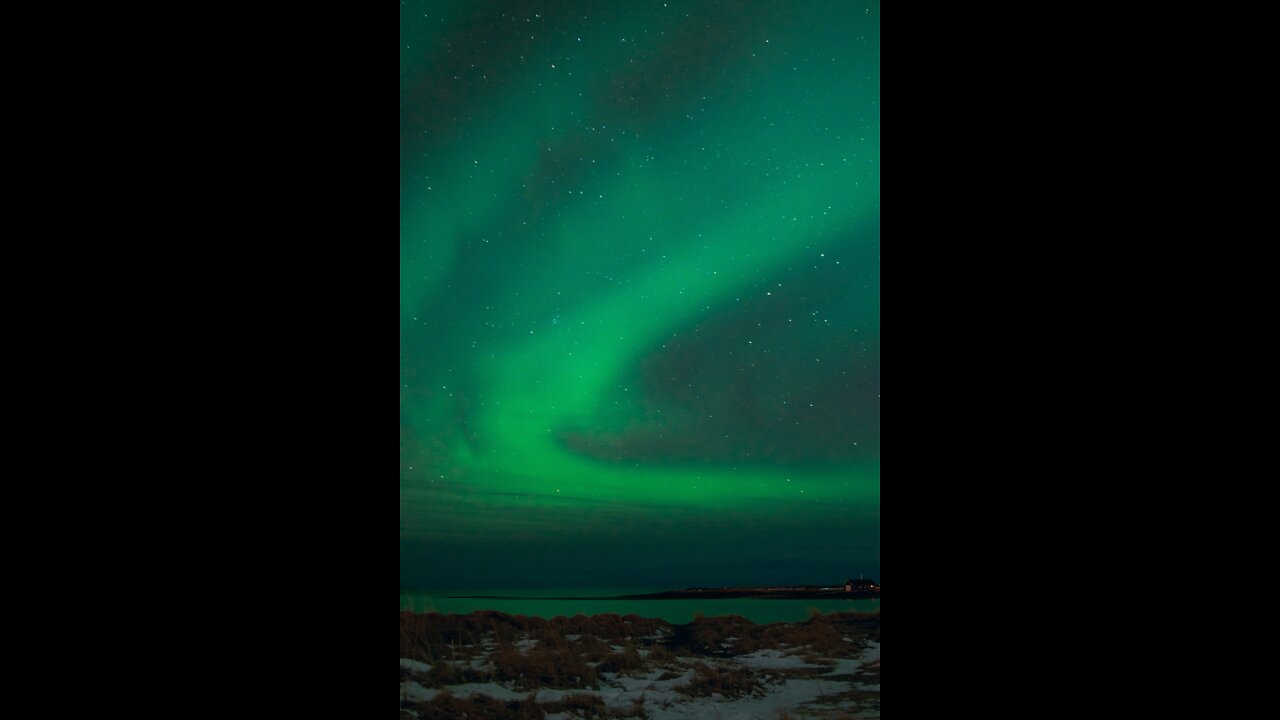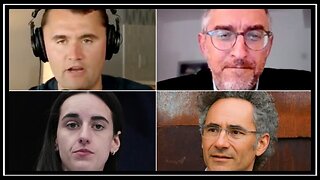Premium Only Content

Relaxing video 3|Space Stars Northern lights| Time-lapse
The northern lights, or the aurora borealis, are beautiful dancing waves of light that have captivated people for millennia. But for all its beauty, this spectacular light show is a rather violent event.
Energized particles from the sun slam into Earth's upper atmosphere at speeds of up to 45 million mph (72 million kph), but our planet's magnetic field protects us from the onslaught.
As Earth's magnetic field redirects the particles toward the poles — there are southern lights, too, which you can read about below — the dramatic process transforms into a cinematic atmospheric phenomenon that dazzles and fascinates scientists and skywatchers alike.
Though it was Italian astronomer Galileo Galilei who coined the name "aurora borealis" in 1619 — after the Roman goddess of dawn, Aurora, and the Greek god of the north wind, Boreas — the earliest suspected record of the northern lights is in a 30,000-year-old cave painting in France(opens in new tab).
Since that time, civilizations around the world have marveled at the celestial phenomenon, ascribing all sorts of origin myths to the dancing lights. One North American Inuit legend(opens in new tab) suggests that the northern lights are spirits playing ball with a walrus head, while the Vikings thought the phenomenon was light reflecting off the armor of the Valkyrie, the supernatural maidens who brought warriors into the afterlife.
Early astronomers also mentioned the northern lights in their records. A royal astronomer under Babylon's King Nebuchadnezzar II inscribed his report of the phenomenon on a tablet dated to 567 B.C., for example, while a Chinese report from 193 B.C. also notes the aurora, according to NASA(opens in new tab).
The science behind the northern lights wasn't theorized until the turn of the 20th century. Norwegian scientist Kristian Birkeland proposed that electrons emitted from sunspots produced the atmospheric lights after being guided toward the poles by Earth's magnetic field. The theory would eventually prove correct, but not until long after Birkeland's 1917 death.
-
 LIVE
LIVE
SpartakusLIVE
3 hours agoTiger Blood RESTOCKED and 30% off w/ code SPARTAKUS30
203 watching -
 LIVE
LIVE
Badlands Media
19 hours agoAltered State S3 Ep. 39
1,082 watching -
 LIVE
LIVE
Due Dissidence
8 hours agoCharlie Kirk's GAZA LIES, Caitlin Clark Stalker, Palantir Goes Hollywood - w/ Kyle Matovcik | TMWS
532 watching -
 UPCOMING
UPCOMING
I_Came_With_Fire_Podcast
10 hours agoAmerica First, Trump Threatens China, Your Friendly Neighborhood Illegal, EPA Gets a "W"
227 -
 LIVE
LIVE
Geeks + Gamers
37 minutes agoGeeks+Gamers Play- MARIO KART WORLD
72 watching -
 8:28:19
8:28:19
Dr Disrespect
9 hours ago🔴LIVE - DR DISRESPECT - BATTLEFIELD 1 - FULL GAME
130K7 -
 1:39:26
1:39:26
Glenn Greenwald
5 hours agoStephen Miller's False Denials About Trump's Campus "Hate Speech" Codes; Sohrab Ahmari on the MAGA Splits Over Antitrust, Foreign Wars, and More | SYSTEM UPDATE #495
73.1K21 -
 LIVE
LIVE
Omar Elattar
5 hours agoThe $300M CEO: "The One Skill That Made Me Rich In 15 Different Countries!"
95 watching -
 LIVE
LIVE
xXFadedAngelXx
1 hour ago180 HOURGLASS PULL! Wisdom of Sea and Sky (Pokemon TCG Pocket) Then some RL with Meditayte later
44 watching -
 8:14
8:14
MattMorseTV
5 hours ago $1.73 earnedTrump just DROPPED the HAMMER.
4.78K9